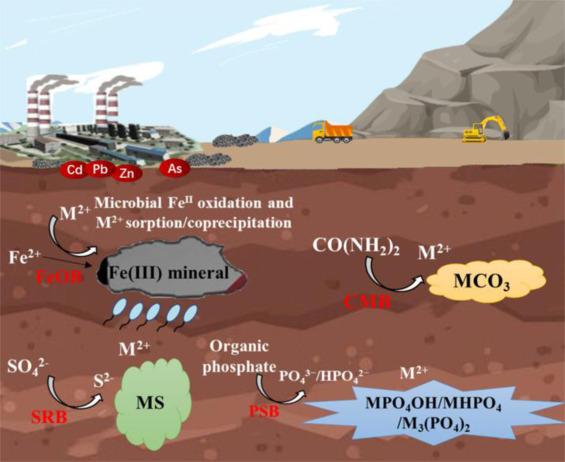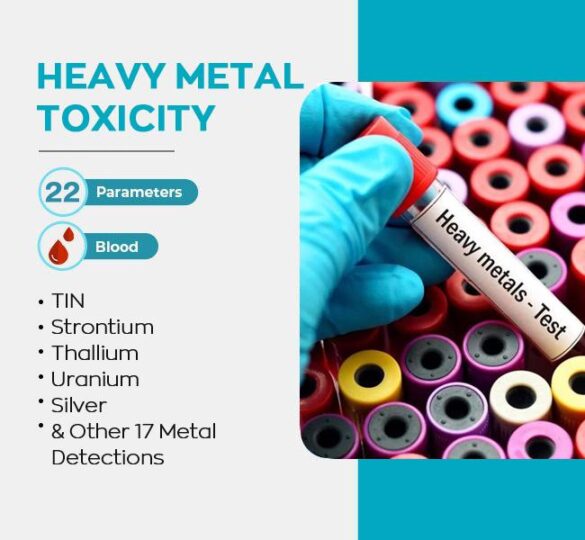In recent years, the spotlight has intensified on what we feed our littlest ones, prompting a deeper look into the often-overlooked world of baby food safety. As parents strive to provide the best nutrition for their infants, a more pressing concern has emerged: heavy metals lurking in seemingly innocent jars and pouches. Trace elements of lead, arsenic, cadmium, and mercury can find their way into the food we trust for our children, raising questions about what brands are truly transparent and, more importantly, safe. In this article, we delve into the landscape of baby food testing, explore brands that prioritize safety through transparency, and equip you with the knowledge to make informed choices for your family. Join us as we navigate the complexities of heavy metal testing in baby foods and uncover which brands stand out in the quest for purity and peace of mind.
Evaluating Heavy Metal Contamination in Baby Foods
The presence of heavy metals such as lead, arsenic, cadmium, and mercury in baby foods is raising notable concerns among parents and health professionals alike. Research has shown that exposure to these toxic elements can possibly harm a child’s developing brain and immune system. As brands strive for transparency and safety, many have begun providing detailed reports on heavy metal testing conducted in their products.This proactive measure allows concerned parents to make informed choices when selecting baby food options, prioritizing their child’s health and well-being.
When assessing the safety of baby food brands, it’s essential to consider the following key factors:
- Testing Frequency: Brands that conduct regular testing for heavy metals are more likely to offer safer products.
- Ingredient Sourcing: Companies that source their ingredients from safer, regulated regions frequently enough show lower levels of contamination.
- Transparency Reports: Those that publish testing results and detailed ingredient lists provide greater reassurance.
| Brand | Heavy Metal Testing Transparency | Safety Ratings |
|---|---|---|
| Brand A | Monthly Reports | 🌟🌟🌟🌟🌟 |
| Brand B | Annual Reports | 🌟🌟🌟🌟 |
| Brand C | No Public Data | 🌟🌟 |
Through diligent research and careful evaluation of available data, parents can better navigate the baby food market, ensuring that the products they choose are both nutritious and free from harmful contaminants. By prioritizing brands that are committed to safety and transparency, families can help build a healthier future for their little ones.

Brands That Prioritize Transparency in Ingredient Safety
In the quest for safe baby food, several brands have emerged as leaders in prioritizing transparency regarding ingredient safety, especially concerning heavy metal testing. Happy Family Organics, for example, not only conducts rigorous third-party testing but also makes the results accessible to consumers. They are committed to maintaining strict safety standards and provide detailed facts about their sourcing and testing processes, reassuring parents of their commitment to quality. Another noteworthy brand is Gerber, which has initiated programs to ensure that their baby foods meet stringent safety regulations. By openly sharing their daily food safety monitoring efforts, Gerber has built trust among parents concerned about potential contaminants.
Additionally, brands like earth’s Best emphasize organic ingredients in their formulas while adhering to high testing protocols for heavy metals. Transparent supply chain practices allow consumers to trace the origins of ingredients, adding another layer of confidence in their products.To illustrate the commitment of these companies, the following table outlines notable practices employed by leading brands in the baby food industry:
| Brand | Transparency Practices |
|---|---|
| Happy Family Organics | Third-party heavy metal testing reviews available online. |
| Gerber | Daily monitoring and transparent safety regulatory adherence. |
| Earth’s Best | Organic ingredients with clear sourcing and testing protocols. |

Understanding Regulatory Standards for Infant Nutrition
In the ever-evolving landscape of infant nutrition, understanding regulatory standards is essential for parents seeking safe options for their little ones. Regulatory bodies, such as the FDA in the United States, have established guidelines that govern the allowable levels of heavy metals in baby foods. These standards are designed to minimize exposure to harmful substances like lead, arsenic, cadmium, and mercury, which can have detrimental impacts on a child’s health and growth. Brands that comply with these regulations not only meet the government’s requirements but also prioritize the safety and well-being of infants.
transparency is key when evaluating which brands adhere to these stringent standards. Parents should look for companies that not only disclose their heavy metal testing results but also follow rigorous testing protocols. Consider brands that engage in the following practices:
- Third-Party Testing: Independent laboratories assess products to validate safety.
- Clear Reporting: Brands publish easy-to-understand testing results.
- Commitment to Quality: Continuous enhancement of sourcing and manufacturing processes.
Below is a table summarizing notable baby food brands and their transparency in heavy metal testing:
| Brand | Transparency Level | Testing Frequency |
|---|---|---|
| brand A | High | Quarterly |
| Brand B | Medium | Semi-Annually |
| Brand C | Low | Annually |

Tips for Selecting Safe Baby Food Products for Your Child
Selecting safe baby food products for your child requires diligence and an informed approach. Start by researching brands that prioritize transparency in their sourcing and production processes. look for manufacturers that provide third-party testing results on their packaging or websites, indicating that their products meet safety standards.Additionally, consider the following factors when evaluating different options:
- Ingredient sourcing: Choose brands that source ingredients from trusted, local farms and avoid those with lengthy ingredient lists.
- Organic certification: Opt for organic baby food to minimize exposure to harmful pesticides and chemicals.
- Company reputation: Read customer reviews and expert opinions to assess the brand’s reliability and commitment to safety.
When examining specific brands, it’s helpful to compare their safety practices. The table below highlights some leading companies along with their testing approaches and certifications:
| Brand | Heavy Metal Testing | Certification |
|---|---|---|
| happy Baby | Third-party tested; results available online | USDA Organic |
| Earth’s Best | In-house and third-party testing | USDA Organic |
| Gerber organic | Rigorous testing; detailed transparency reports | USDA Organic; Non-GMO verified |
Use this guidance to navigate the world of baby food products effectively, ensuring your little one receives not only nutritious meals but also the safest options available.
The Conclusion
As we unravel the complex landscape of heavy metal testing in baby foods, the takeaway is clear: vigilance is paramount. Parents are understandably concerned about the safety of the products they choose for their little ones, and transparency from brands is a crucial aspect of this conversation. While many companies are taking commendable steps to test their products and disclose their findings, the variability in practices across the industry can leave consumers feeling uncertain.
In this evolving narrative, it’s vital for parents to seek out brands that prioritize safety and transparency, utilizing third-party testing and clear, accessible information about their practices. As you embark on your journey to select the best options for your child, remember that informed choices are your greatest ally.
While the search for the safest baby foods is ongoing, awareness and advocacy can drive change. By holding companies accountable and demanding transparency, we can cultivate an environment where every brand prioritizes the health and safety of our future generations. As we continue to shine a light on this pressing issue, may your choices reflect the commitment to nurturing a healthier world for our children.


